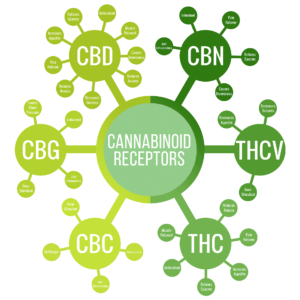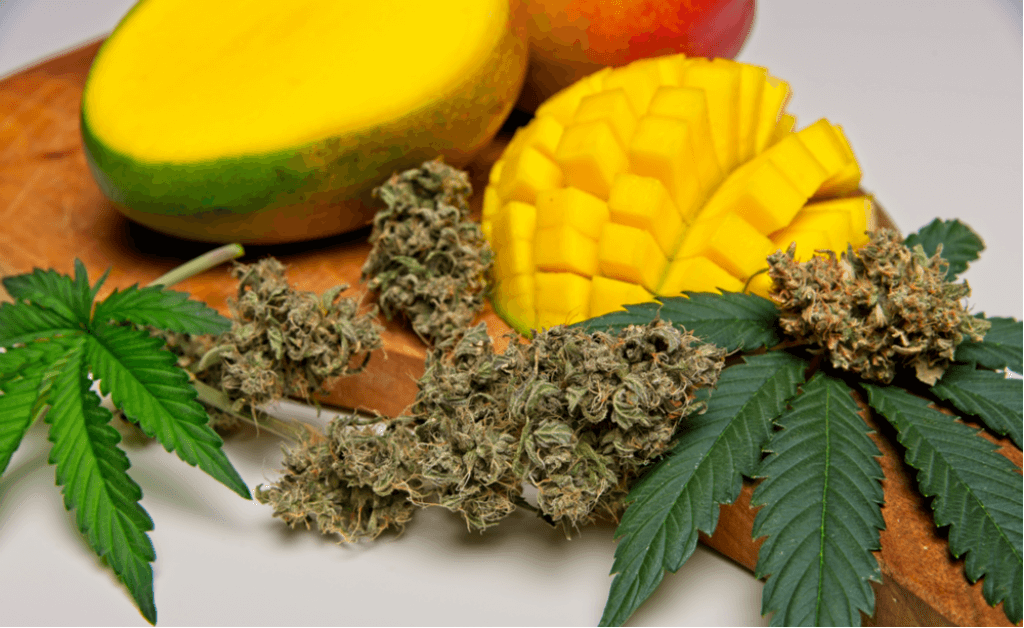
Welcome to Cannabinoids Part 2 where we dive deeper into some of the lessor known and newly found cannbinoids. With over 100+, we have a lot to discover on the science behind each one. Scientists are finding more and more about their natural characteristics while cultivators continue to pheno-hunt for the right flower combinations that contain some of the more rare ones.
Join us on an adventure with some of the lesser known cannabinoids that are making a major impact in the concentrates world of cannabis.
Cannabinol (CBN)
Cannabinol originates from THCA that has been left to decompose completely. The process of decomposition is facilitated by exposure to light, oxygen, and heat. Marijuana that is not properly stored and exposed to heat will probably transform into CBN.
CBN originates from THC, which is considered as one of the most potent compounds found in the cannabis plant. Most people often hesitate to convert their THC converted to CBN, because it will lead to a less potent compound.
Cannabidivarin (CBDv)
CBDv is a by-product of CBD, and it’s like THCv which an enhanced molecule with less potent effects is when consumed. Out of all the chemicals found in the cannabis plant, CBDv is among the least researched compound. However, the compound has very high medicinal potentials and its useful to the pharmaceutical community.
Cannabichromene (CBC)
Cannabichromene or CBC for short is one of the lesser-known chemicals found in cannabis. There is a lack of detailed study on this compound due to federal restrictions on cannabis. However, this compound is known to provide an antagonist effect on THC like CBD. CBC is also the second most popular cannabis compound among the complete list of cannabinoids found in marijuana plant by volume and weight.
Cannabigerol (CBG)
Cannabigerolic-acid (CBGA) is a molecule that is usually found during the preliminary growth stages of a cannabis plant. During the growth stage of the plant, the CBGA chemicals slowly drain to almost zero as it gradually changes into other chemicals like THC.
Just like CBD and CBC, CBG functions like an antagonist to CB1 and CB2 receptors. Therefore, CBG can also manipulate the powerful effects of a high while binding with the body’s endocannabinoid system.
What do you think about all of the different cannabinoids? Are you looking for more information that will help with the education on our solventless concentrates that retain quality cannabinoids? Contact us here !

